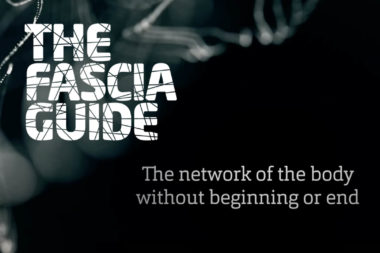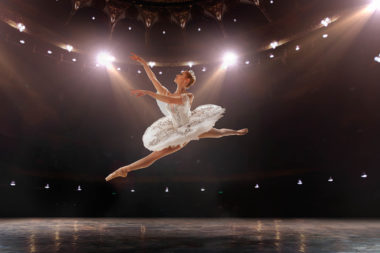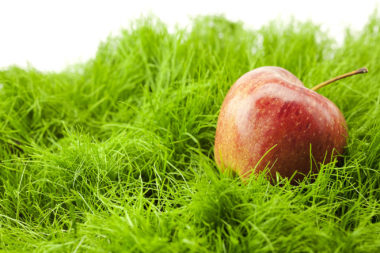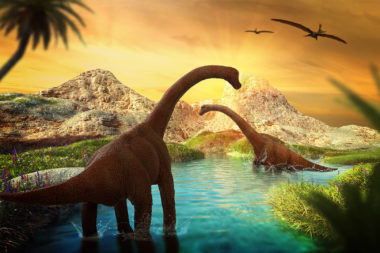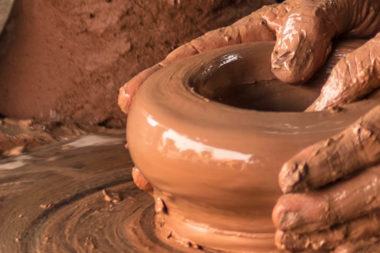
To understand Fascia we need to cross the bridge & see things from another perspective
We have known about the existence of tissue for as long as there has been studies of the internal body. But if you open a book on anatomy not much is written about tissue/Fascia.
We have dissected the body to understand the individual parts. We have cut in organs, muscles and skeleton; we have conducted close-up studies on cells – but when doing so we have also carved through the tissue.
To understand Fascia you first need to grasp the whole, and thereafter the parts
Gil Headly has dissected bodies since the 70s and was one of those who started paying attention to what he actually carved through.
He believes that it is important to begin seeing the body as a whole rather than in parts. When you realize that the fascia first of all exists and secondly, have an important function, a realization follows that you cannot turn back from and you will view the body as one whole.
If you study a muscle, an organ or a bone, the fascia is always around, and some parts are linked together with other parts – you simply have to see the whole picture.
At first this may be difficult because we have been trained in seeing parts, not the whole. It will take readiness to accept new research and admit to having had the wrong perspective; that we have missed one of the most central pieces. Not easy, we know.
At the 2015 Fascia Research Congress in Washington DC, we asked him to tell us more about Fascia and how it changes the perspective on how we look at the body.
My name is Gil Headly, and I have been involved in, well studying, anatomy for a couple of decades now.
I began studying dissection, and trained as a Rolfer, so as a Rolfer doing dissection I naturally had a keen interest in the fascia.
Why fascia, well, it’s there for one, and it turns out that if we pay attention to it, we can learn a lot about human movement and movement pathology as well as learn to be more whole in our bodies.
So I think that’s something that pretty much everybody’s looking for, how can I feel good in my body? And if that question isn’t easily answered with what we know so far, then we take it a few more steps forward. I’ve done that through the exploration of the human body in a laboratory, doing dissection.
So I’ve been teaching human dissection courses for the last 22 years now. First to Rolfers and massage therapists, now yoga teachers, pilates instructors, folks from all over…It’s just like all bodies of knowledge, they grow over time, so when you first see something that you’re interested in you see it superficially. And if you remain interested in it, then you come to see more and more deeply into it. I think that’s true also with the human body.
So at first it just looked like a big thing, and then we learnt to discriminate and discriminate more carefully, and I think that the rise of interest in fascia is a function of our paying attention more closely to what’s in front of us, it’s as simple as that. It’s kind of like a photo negative, you know, when you’ve been looking at this version of it for all this time, and then you go “Oh my gosh, what is shaping all of that? What’s giving us the lines and space so it turns out to be over here in a different tissue?”.
So it’s a shift and focus, and that shift and focus allows us to suddenly explain things like the movement of our tissues in a way that we couldn’t understand if we simply focused on the muscle on a bone. It’s essential, because that’s what you’re touching.
In other words, when you place your hands on a human form, you touch the whole. You can’t not touch the whole.
And so if you’re going to touch the whole and you want to understand the different textures of your hand, that’s how you can discriminate, cause even though it is one thing, your body is filled with different textures so a body worker works by feel right. They don’t have x-ray-eyes, they have to have x-ray-hands.
So as they touch and feel the tissues, they can feel “Ah, this is this certain texture on the top, but just beneath it it slides, what’s that about? Is it sliding or not sliding in the given area or the given person that answers questions for yourself?”
If we go a little deeper and the tone becomes a little more dense and bouncy, now you’ve hit deep fascia, and through that muscle tissue, and then I put my fingers around here and I feel bone.
It’s a way of helping you to identify as a hands on therapist all the textures in your hand, and then to enrich your understanding by understanding when those textures are healthy and when they’re having difficulty and how to serve the challenges that people face in their bodies.
Well, at least from this conference, I’m seeing a lot more energy being put into understanding some of these microanatomical aspects of the tissues that have escaped our knowledge before.
So we can say “Oh my gosh, the fascia isn’t just some inert substance, it’s actively contractile with its own special cells that do that for it, it has its own particular nerve, its nerves servicing the tissue, which have different functions than they do for other things. So to see how this tissue functions, and then how to see, understand that this function can serve people by understanding those differentials.
Check the fascia, it’s cool stuff.















